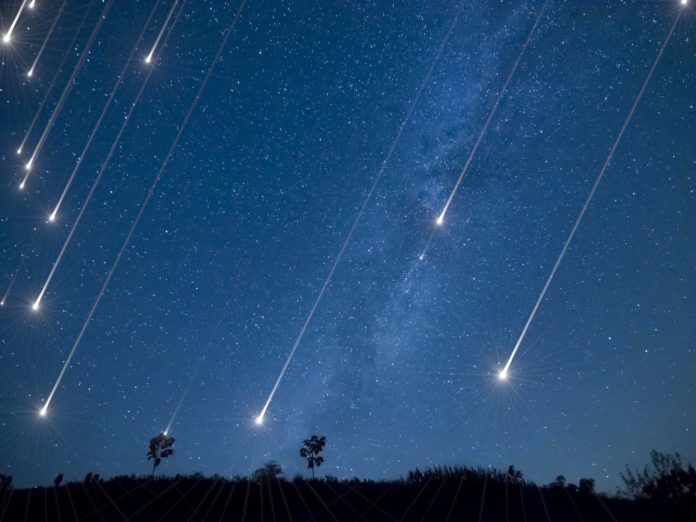During the first Japanese Antarctic Research Expedition in December 1956, the Phoenicid meteor was seen for the very first time. But, since then, it’s disappeared, which leads to the question, where did it go? To try and get to the bottom of this mystery, two Japanese teams carried out research that linked the Phoenicid meteor shower to Comet Blanpain, a celestial body that appeared in 1819 then disappeared. Then, in 2003, astronomers discovered remains of Comet Blanpain moving along the same orbit it did all those many years ago. They believe the reason they reappeared as an asteroid was because all the gas and dust would have long escaped.
Astronomers are also assuming that Comet Blanpain is the parent body of the Phoenicids. Bearing that in mind, they predicted that the Phoenicids should be observed again December 1, 2014, so two teams set out to do just that. The first team was led by Yasunori Fujiwara, a graduate student at the Department of Polar Science/SOKENDAI (The Graduate University for Advanced Studies) and Takuji Nakamura, a professor of the National Institute of Polar Research/SOKENDAI, who carried out their observations in North Carolina.
The second team was led by Mikiya Sato, an astronomical officer at Kawasaki Municipal Science Museum, and Junichi Watanabe, a professor of the National Astronomical Observatory of Japan/SOKENDAI, and their observations were made from La Palma Island off the West coast of Africa.
For the teams to be able to distinguish Phoenicids from sporadic meteors they had to first analyze the data carefully by tracing each meteor trail back to its source. If there are many meteors that come from the same point in the sky they’ll be part of the same meteor shower. From the study, 29 of the 138 meteors observed in North Carolina turned out to be Phoenicids. Although it was a good result, it wasn’t quite as good as the astronomers were hoping for and the number of Phoenicids observed compared to those predicted was around 10%. But, it’s still the first time ever that the evolution of a comet has been estimated through the observed meteor shower. Moving forward, Fujiwara says, “We would like to apply this technique to many other meteor showers for which the parent bodies are currently without clear cometary activities, in order to investigate the evolution of minor bodies in the Solar System.”
More News to Read

